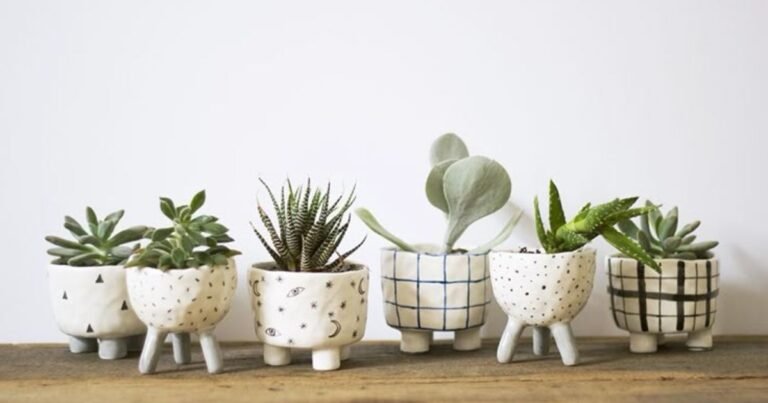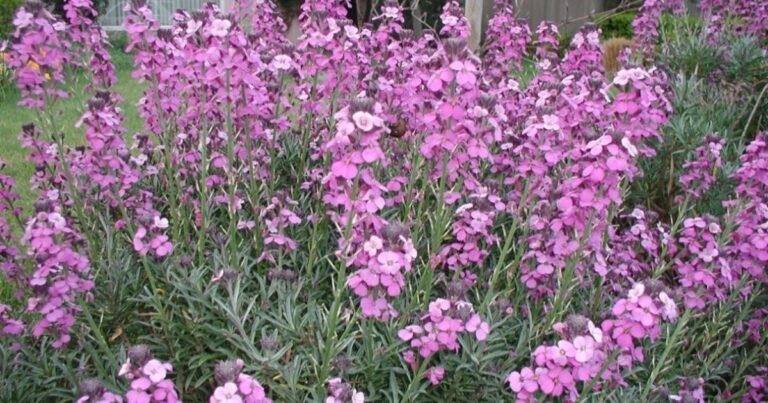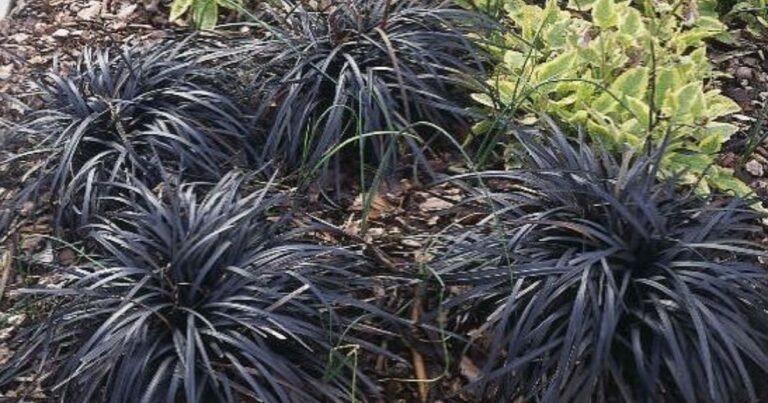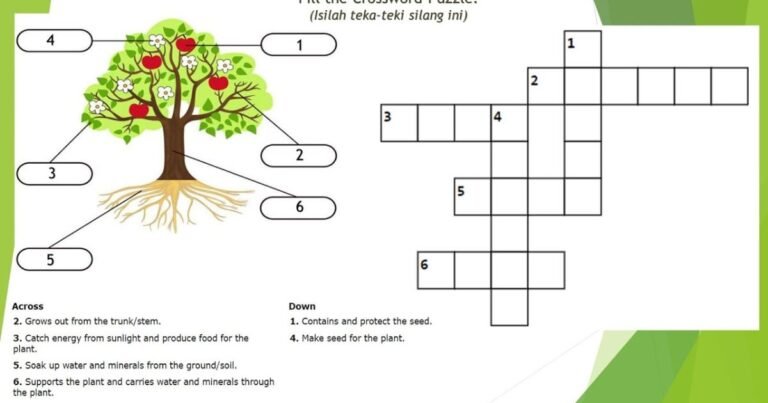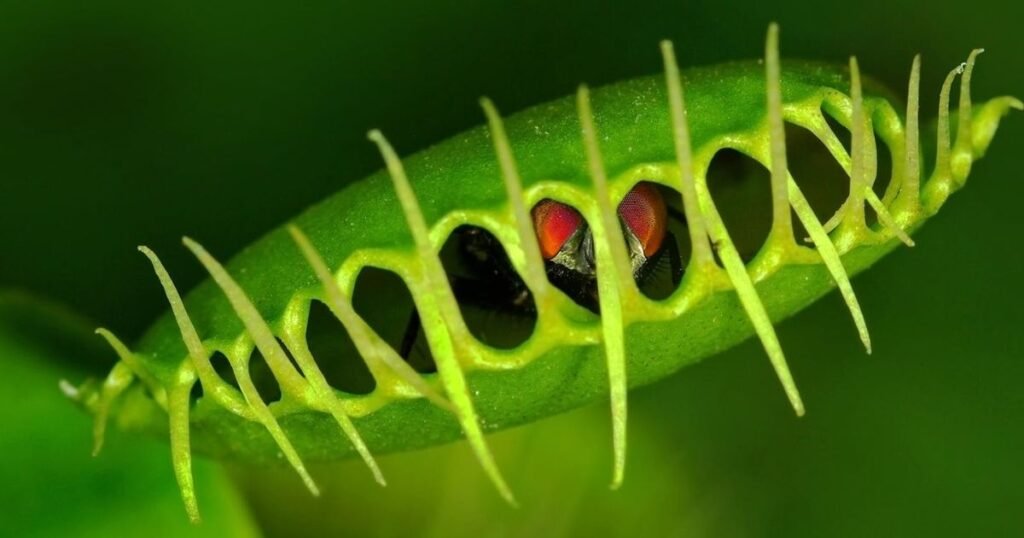
Your fly trap plant can flourish if you meet its needs, not your assumptions
If your fly trap plant is wilting, blackening, or refusing to eat, don’t just blame your green thumb. Look deeper.As a psychologist, I see this more as a relationship problem. This carnivorous plant isn’t like your pothos or peace lily. It doesn’t survive on autopilot. It demands attention to subtle needs just like human emotions.The problem isn’t always what you did. It’s often what you didn’t notice.
How to Create the Right Environment for Your Fly Trap Plant?
Your fly trap plant evolved in nutrient-poor bogs, not in your cozy windowsill. Giving it rich plant soil is like feeding junk food to someone with allergies. It backfires fast.
Use this instead:
- Soil: 50/50 peat moss and perlite (no fertilizer)
- Water: Only distilled water or rainwater
- Light: 4–6 hours of direct sun or a strong plant light
- Humidity: Medium to high for best growth
Insight: Want it to grow? Don’t over-care. Give it the right conditions, then let it breathe.
How to Feed a Fly Trap Plant Without Overdoing It?
This is a trap plant feeding mistake: giving it every bug you find. Don’t.
Here’s the truth:
- Feed only 1–2 live bugs every 2–3 weeks
- It must move to trigger digestion
- Outdoors? Skip feeding—it’s natural pest control
Never feed:
- Processed food
- Dead bugs
- Human snacks
Overfeeding = emotional neediness. This Venus fly trap doesn’t need your love. It needs respect.
How to Repot Your Fly Trap Plant Without Stress?
Plants feel stress too. When your fly trap outgrows its pot, it starts to shut down. Repotting should feel like therapy, not trauma.
When: Every 12 months
How:
- Choose a container with good drainage
- Use peat moss + perlite
- Gently remove the root ball
- Avoid damaging the traps
- Water right after repotting
It’s like removing a person from a toxic relationship. Don’t just change the pot—change the environment.
What to Do When Your Fly Trap Plant Goes Dormant?
In winter, your plant won’t look good. Traps turn black. Leaves fall off. But this isn’t death, it’s dormancy.
When: October–February
What to Do:
- Stop feeding
- Reduce watering
- Let it rest in cool light
Don’t force it to “stay pretty.” Sometimes it needs space to grow back stronger.
The Psychological Side of Caring for a Fly Trap Plant
Owning a fly trap plant isn’t just about gardening. It’s about self-awareness.
It teaches:
- Patience
- Letting go of control
- Observing without reacting
- Respecting natural rhythms
Want a plant that mirrors your mental growth? This one’s it.Want to grow beyond the plant and reflect inwardly? Explore One Parish—a place where soul and discipline connect, just like with this plant.Looking to display your plants in style? Check out our list of the 10 Best Wall Plant Planters for Modern Home Décor (2025) — perfect for small spaces and creative indoor setups.
Frequently Asked Questions
How do you take care of a fly trap plant indoors?
Keep it in bright sunlight, water it with distilled water only, and feed it live insects every few weeks. Use a nutrient-free soil mix like peat and perlite.
Why is my fly trap plant turning black?
Black traps may mean overfeeding, wrong soil, or poor-quality water. In winter, blackening is normal during dormancy.
What is the best soil for a Venus fly trap?
Use sphagnum peat moss and perlite 50/50. Avoid regular plant soil as it contains nutrients that will damage the roots.
How often should I feed my fly trap plant?
Indoors: once every 2–3 weeks with live bugs. Outdoors: no need to feed manually—it’ll handle its own natural pest control.
